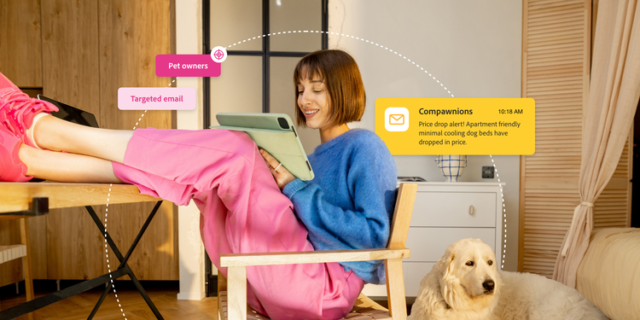Email marketing remains one of the most effective tools for reaching and engaging your audience. However, the key to maximizing its potential lies in personalization, which can be achieved through email segmentation. By dividing your email list into specific groups based on various criteria, you can send targeted campaigns that resonate with each segment, ultimately driving higher engagement and conversions. In this blog, we’ll explore how to effectively use email segmentation for your marketing campaigns.

1. Understanding Email Segmentation
Email segmentation involves categorizing your email subscribers into distinct groups based on shared characteristics. These characteristics can include demographics, purchase behavior, engagement level, and more. The goal of segmentation is to send relevant content to each group, increasing the likelihood that recipients will open, read, and act on your emails.
Benefits of Email Segmentation:
- Improved Engagement: Targeted emails are more likely to capture attention and generate interest.
- Higher Conversion Rates: Personalized content increases the likelihood of conversions, whether it’s making a purchase, signing up for a webinar, or downloading a resource.
- Reduced Unsubscribes: By sending relevant content, you can decrease the chances of subscribers opting out of your emails.
2. Types of Email Segmentation
There are several ways to segment your email list. Here are some common strategies:
A. Demographic Segmentation
Segment your audience based on demographic information such as age, gender, location, and income. This approach allows you to tailor your messaging to resonate with specific groups.
B. Behavioral Segmentation
Focus on how subscribers interact with your emails and website. This includes:
- Purchase History: Segment users based on their past purchases to recommend complementary products or upsell.
- Email Engagement: Group subscribers by their engagement levels (e.g., opens, clicks) to tailor your follow-up campaigns accordingly.
C. Psychographic Segmentation
Consider subscribers’ interests, values, and lifestyles. This information can be gathered through surveys or analysis of previous interactions, allowing you to create more personalized content.
D. Engagement Level Segmentation
Categorize your audience based on their engagement with your emails. For example, you can identify:
- Active Subscribers: Regularly open and click through your emails.
- Inactive Subscribers: Haven’t engaged with your emails in a while. You might target them with re-engagement campaigns.
3. Collecting Segmentation Data
To effectively segment your audience, you need to gather relevant data. Here are some methods to collect this information:
A. Signup Forms
Utilize customizable signup forms to collect demographic information and preferences during the subscription process. This allows you to segment subscribers right from the start.
B. Surveys and Polls
Regularly send out surveys or polls to gather insights on your subscribers’ interests, preferences, and feedback. This data can inform your segmentation strategy.
C. Tracking User Behavior
Use analytics tools to monitor subscriber behavior on your website and emails. This includes tracking clicks, page views, and purchase history to identify trends and patterns.
4. Creating Targeted Campaigns
Once you have segmented your email list, it’s time to create targeted campaigns. Here are some tips for doing so effectively:
A. Personalize Content
Tailor the content of your emails based on the segment. Use personalization tokens to include the subscriber’s name and relevant product recommendations based on their preferences.
B. Craft Specific Subject Lines
Create subject lines that speak directly to the interests of each segment. For example, “Exclusive Offers for Our Loyal Customers” or “New Products Just for You!”
C. Test and Optimize
Continuously test different strategies for each segment to identify what works best. Monitor open rates, click-through rates, and conversion rates to determine the effectiveness of your campaigns.
5. Re-engagement Campaigns for Inactive Subscribers
For subscribers who have become inactive, consider implementing re-engagement campaigns. Here are some strategies:
A. Send Targeted Re-engagement Emails
Craft specific emails aimed at bringing inactive subscribers back. Offer them incentives, such as discounts or exclusive content, to rekindle their interest.
B. Survey Inactive Subscribers
Ask why they haven’t engaged with your emails. Understanding their reasons can help you make necessary adjustments to your content and strategy.
6. Automating Segmentation Processes
Consider using marketing automation tools to streamline the segmentation process. These tools can help you automatically categorize subscribers based on their actions and preferences, ensuring that your segments are always up-to-date. Popular platforms like Mailchimp, HubSpot, and ActiveCampaign offer robust segmentation features that can save you time and effort.
Conclusion
Email segmentation is a powerful strategy that allows marketers to deliver personalized, relevant content to their audience. By understanding your subscribers and dividing them into targeted groups, you can enhance engagement, boost conversion rates, and build stronger relationships with your audience. Implementing segmentation effectively requires ongoing analysis and optimization, but the results are well worth the effort. Start segmenting your email list today, and watch your marketing campaigns reach new heights!


No responses yet